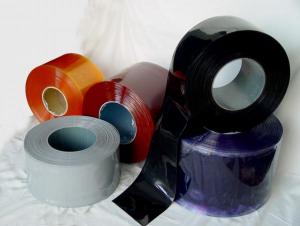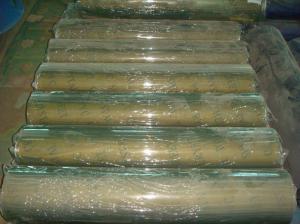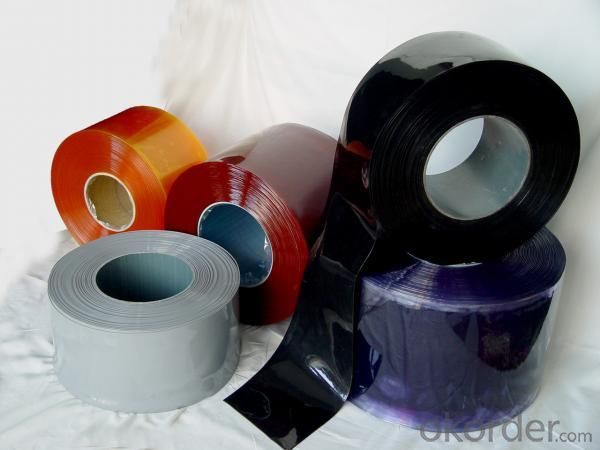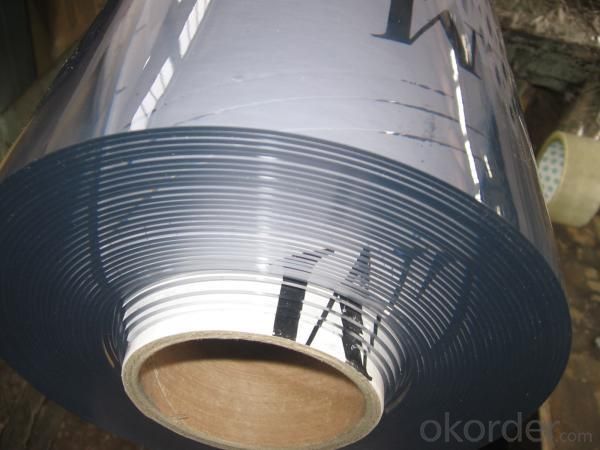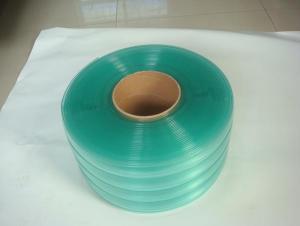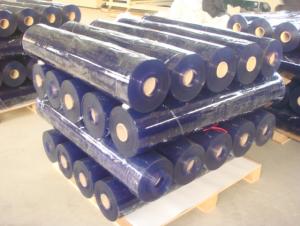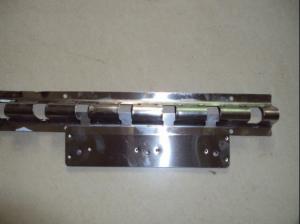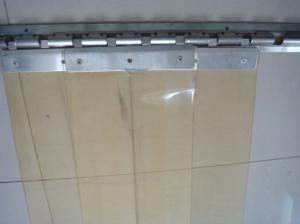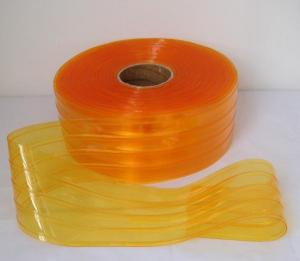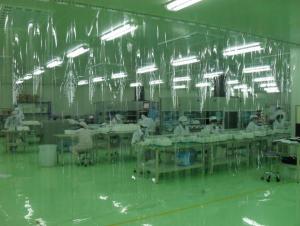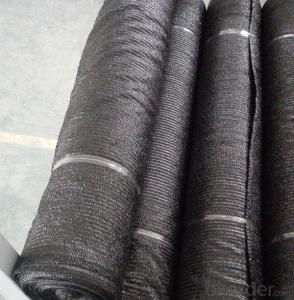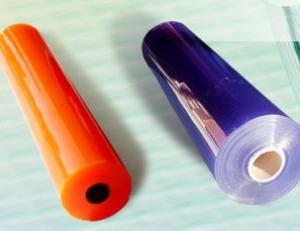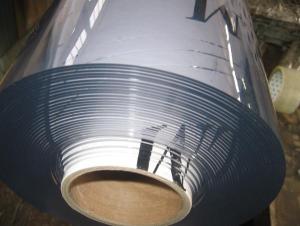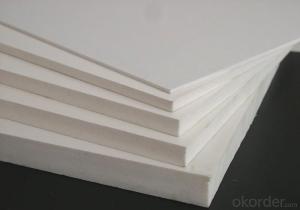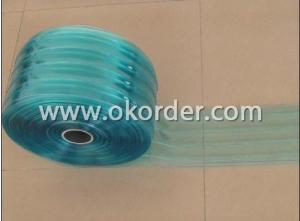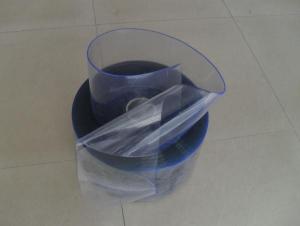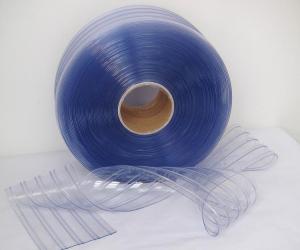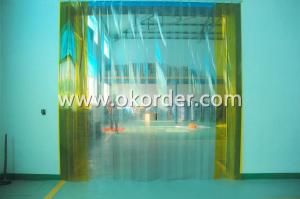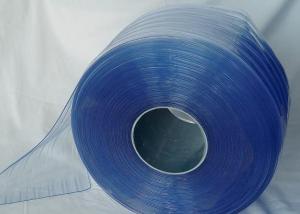PVC Transparent Sheet in Soft Type
- Loading Port:
- TianJin Port
- Payment Terms:
- TT or L/C
- Min Order Qty:
- 20 Rolls roll
- Supply Capability:
- 15 Containers Per Month roll/month
OKorder Service Pledge
OKorder Financial Service
You Might Also Like
Specifications of Soft PVC Transparent Sheet
Flexible PVC sheet is widely applied for purpose of building and industrial partition ,swing doors,furniture protection,we can provide different dimensions and color solutions for customer's requirement of pvc sheet,which application temperature range from -15 ℃ to +50 ℃,different match of width,thickness and color bring out difference pvc sheet solutions and applications.
* width solution:
600mm/800mm/900mm/1000mm/1200mm/1300mm/1400mm/1500mm/1600mm/1800mm
* thickness solution:
1mm/1.5mm/2mm/3mm/4mm/5mm/6mm/7mm/10mm
Applications of Soft PVC Transparent Sheet
I) these 1mm/1.5mm/2mm pvc sheet is ideal for application such as the partition of workshops and warehouses,printing,furniture protection,building insulation.
II) these 2mm/3mm pvc sheet is ideal to manufacture automatic roll-up doors,or if compatible,fully transparent light duty swing door panels for pedestrians.
III) these 4mm/5mm/6mm/7mm/10mm thickness sheet is best suitable for manufacturing of fully transparent light weight flexible doors,or the upper part of two color doors.
Package& Delivery of Soft PVC Transparent Sheet
Wooden pallet,shirnk film according to custom requires.
Colors of Soft PVC Transparent Sheet
clear: blue/yellow/nature
opaque: black/silver grey/milk white
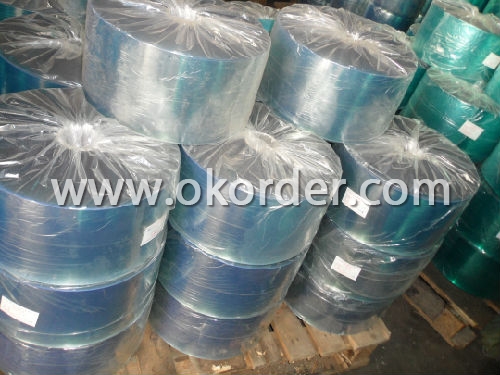
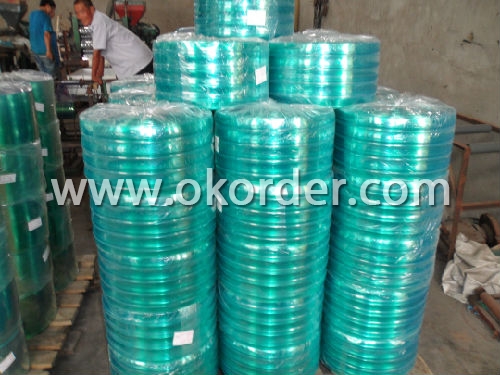
- Q: Are there any regulations specific to the use of plastic in home appliances?
- Yes, there are regulations specific to the use of plastic in home appliances. These regulations vary by country and region, but they often focus on the safety, quality, and environmental impact of the plastic used in home appliances. These regulations may include restrictions on certain types of plastic, such as the use of hazardous substances like phthalates or bisphenol A. Additionally, there may be regulations on the labeling and disposal of plastic components in home appliances to ensure proper handling and recycling.
- Q: Are there any fire safety concerns related to plastic components in home appliances?
- Yes, there can be fire safety concerns related to plastic components in home appliances. Plastic materials have a relatively low melting point and can ignite easily if they come into contact with high temperatures or open flames. Additionally, some plastics may release toxic fumes when burned, which can be harmful if inhaled. Therefore, it is essential to ensure that plastic components in home appliances are made of fire-resistant materials and that the appliances are used according to the manufacturer's instructions to minimize fire risks.
- Q: How do home appliance plastics handle exposure to chemicals or cleaning agents?
- Home appliance plastics are generally designed to handle exposure to chemicals or cleaning agents. They are often made from durable and resistant materials such as polypropylene or polycarbonate, which can withstand the effects of various chemicals without significant degradation. However, it is important to note that some strong chemicals or abrasive cleaners may cause damage or discoloration to the plastic surfaces. Therefore, it is recommended to follow the manufacturer's instructions and use mild, non-abrasive cleaning agents to ensure the longevity and appearance of home appliance plastics.
- Q: Are there any concerns with using plastic in appliances that emit ultraviolet radiation?
- Yes, there are concerns with using plastic in appliances that emit ultraviolet radiation. Plastic materials can degrade and become brittle when exposed to prolonged ultraviolet radiation, leading to potential structural damage or failure of the appliance. Additionally, certain types of plastic may contain additives or impurities that can react with ultraviolet radiation and release harmful substances. Therefore, it is important to carefully select and test plastic materials used in such appliances to ensure they are UV-stable and safe for long-term use.
- Q: Are there any safety concerns with plastic parts in juicers?
- Yes, there can be safety concerns with plastic parts in juicers. Certain plastics may contain harmful chemicals such as BPA (bisphenol A), which can leach into the juice and pose health risks when consumed. Additionally, plastic parts may not be as durable as metal parts, leading to potential breakage or malfunction during juicing. It is important to look for juicers that use BPA-free plastics and ensure that the plastic parts are of high quality to minimize any safety risks.
- Q: How can plastic parts in dishwashers handle the constant exposure to water and detergent?
- Plastic parts in dishwashers are specifically designed and engineered to withstand the constant exposure to water and detergent. They are typically made from durable and water-resistant materials, such as polypropylene or nylon, which have excellent chemical resistance and high temperature tolerance. Additionally, these plastic parts often undergo rigorous testing and quality control measures to ensure their ability to withstand the harsh dishwasher environment.
- Q: How do plastic home appliances compare in terms of energy efficiency?
- Plastic home appliances vary in terms of energy efficiency, just like appliances made of other materials. Energy efficiency depends on various factors such as the design, technology used, and manufacturing processes. While plastic appliances may have certain advantages like lightweight construction and affordability, the energy efficiency of a specific appliance is determined by its overall design and energy-saving features, rather than the material used. It is important to consider energy efficiency ratings, labels, and specifications provided by manufacturers when comparing plastic home appliances.
- Q: Can plastic parts in home appliances be affected by exposure to solvents or cleaning chemicals?
- Yes, plastic parts in home appliances can be affected by exposure to solvents or cleaning chemicals.
- Q: How does plastic contribute to the overall ease of maintenance and repairs of home appliances?
- Plastic contributes to the overall ease of maintenance and repairs of home appliances by providing lightweight and durable components that are resistant to corrosion and wear. It allows for easier handling and transportation of appliances, simplifying the repair and replacement process. Plastic parts also often have lower production costs compared to other materials, making repairs more affordable. Additionally, plastic's flexibility allows for efficient customization and design modifications, enabling easier integration of new features or improvements during maintenance or upgrades.
- Q: Are there any concerns with using plastic in appliances that come in contact with chemicals?
- Yes, there are concerns with using plastic in appliances that come in contact with chemicals. Plastic can react with certain chemicals, leading to leaching of harmful substances into the surrounding environment or the food/beverage being stored or prepared. This can pose health risks if these substances are consumed or absorbed by humans. Additionally, plastic can degrade over time, especially when exposed to heat or harsh chemicals, which can compromise the structural integrity of the appliance and potentially result in leaks or other safety hazards. Therefore, it is important to carefully consider the materials used in appliances that come into contact with chemicals and ensure they meet safety standards.
1. Manufacturer Overview
| Location | Hebei, China |
| Year Established | 1991 |
| Annual Output Value | US$ 1 Million - US$ 2.5 Million |
| Main Markets | 40.00% Southeast Asia 15.00% Mid East 10.00% South America 5.00% Southern Europe 5.00% Northern Europe 5.00% Western Europe 5.00% Oceania 5.00% Africa 5.00% Eastern Europe 5.00% North America |
| Company Certifications | ISO 9001:2000; |
2. Manufacturer Certificates
| a) Certification Name | |
| Range | |
| Reference | |
| Validity Period |
3. Manufacturer Capability
| a) Trade Capacity | |
| Nearest Port | Tianjin; Qingdao |
| Export Percentage | 81% - 90% |
| No.of Employees in Trade Department | 6-10 People |
| Language Spoken: | English; Chinese |
| b) Factory Information | |
| Factory Size: | Above 40,000 square meters |
| No. of Production Lines | Above 10 |
| Contract Manufacturing | OEM Service Offered; Design Service Offered |
| Product Price Range | High; Average |
Send your message to us
PVC Transparent Sheet in Soft Type
- Loading Port:
- TianJin Port
- Payment Terms:
- TT or L/C
- Min Order Qty:
- 20 Rolls roll
- Supply Capability:
- 15 Containers Per Month roll/month
OKorder Service Pledge
OKorder Financial Service
Similar products
Hot products
Hot Searches
Related keywords
